HR MIS Report
Data-backed Decisions with Simplified HR MIS Report Generation
Valuable Insights at your Fingertips with Customizable MIS Reports.
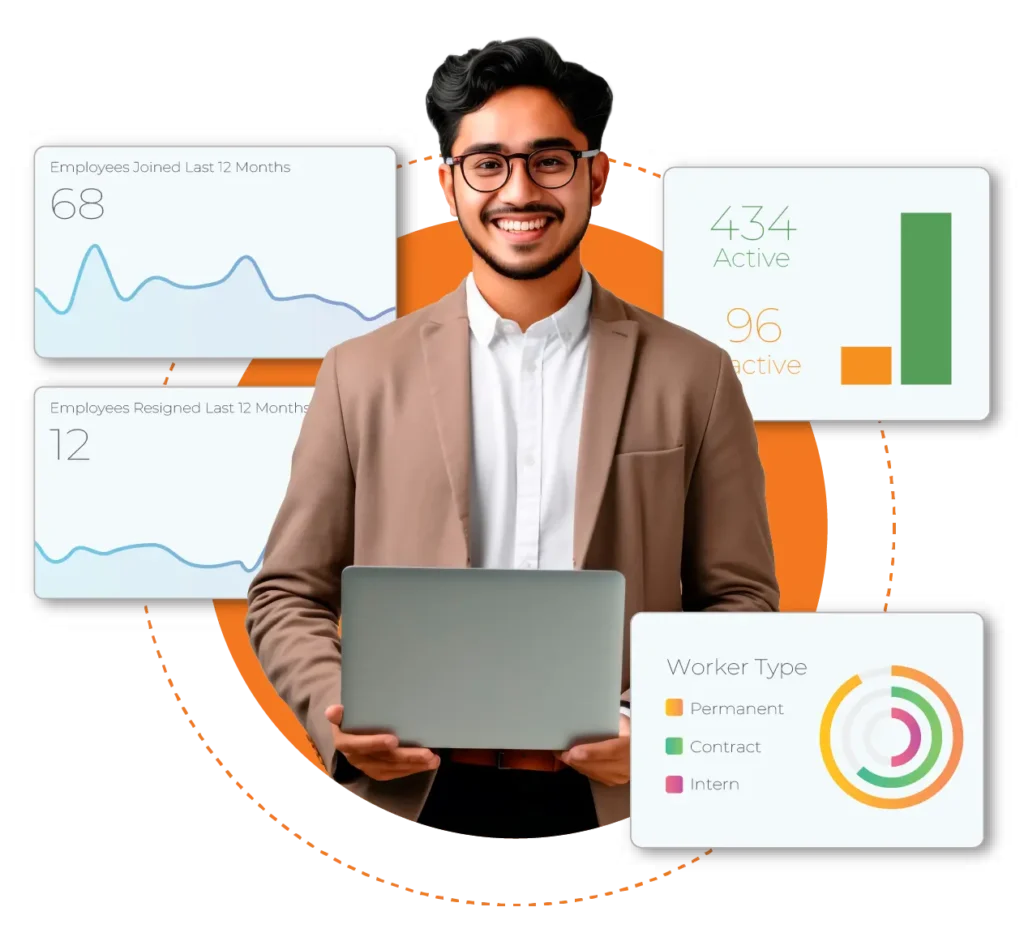
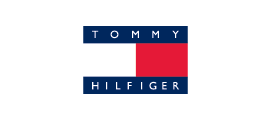


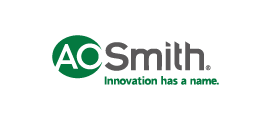




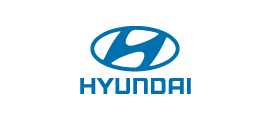
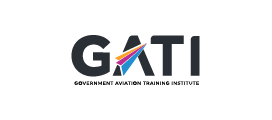

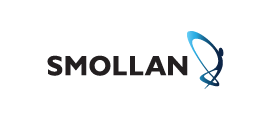

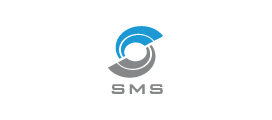


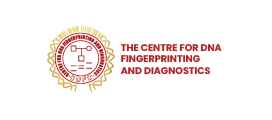

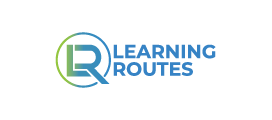
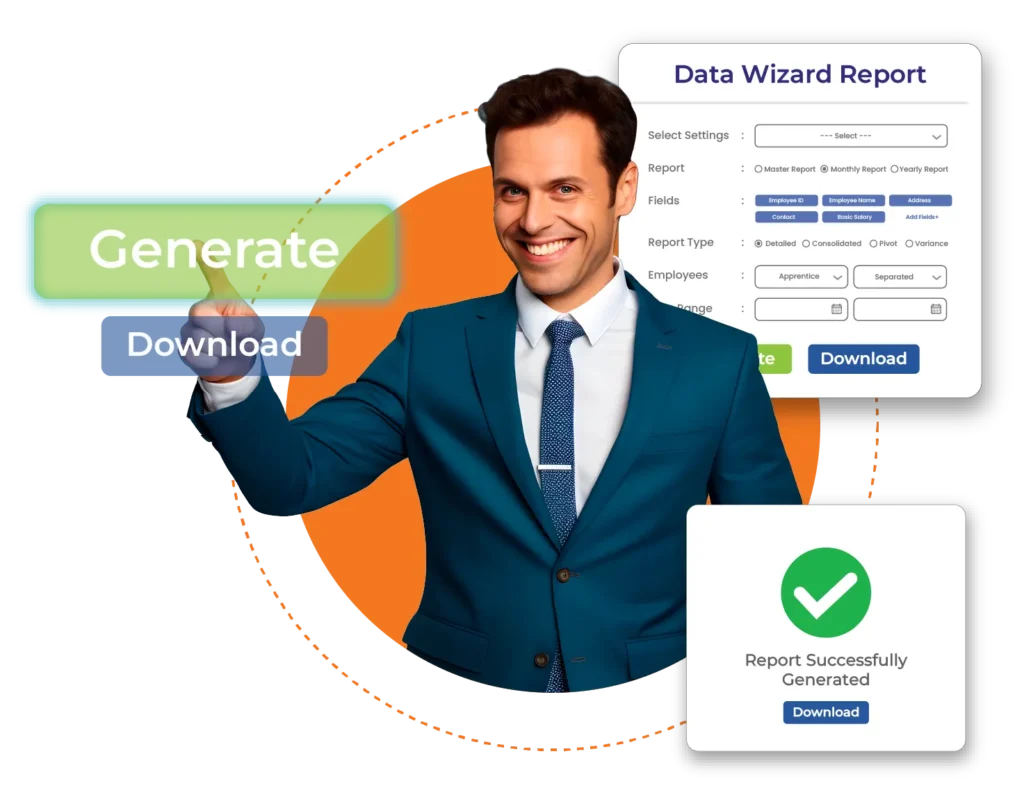
MIS Reporting
MIS Reporting, Done Correctly!
Gather In-depth Insights into Employee Performance & Company Finances
Quick MIS Reporting
Streamlined MIS reporting tools for quickly customizing and generating MIS reports of your business and employee data using payroll software.
Customizable Dashboard
Highly flexible visual human resource dashboard for having a graphical overview of the business and employee data in real-time.
Interactive Data Wizard
Advanced Data Wizard for generating and downloading different types of reports with the help of handy templates for attendance management system.
What Is HR MIS Report?
The HR MIS report is a document generated by the Management Information System (MIS), that provides the HR team with comprehensive insights into the employees of their organization. Hence, an HR MIS report is one of the most valuable assets of human resource management for the HR department.
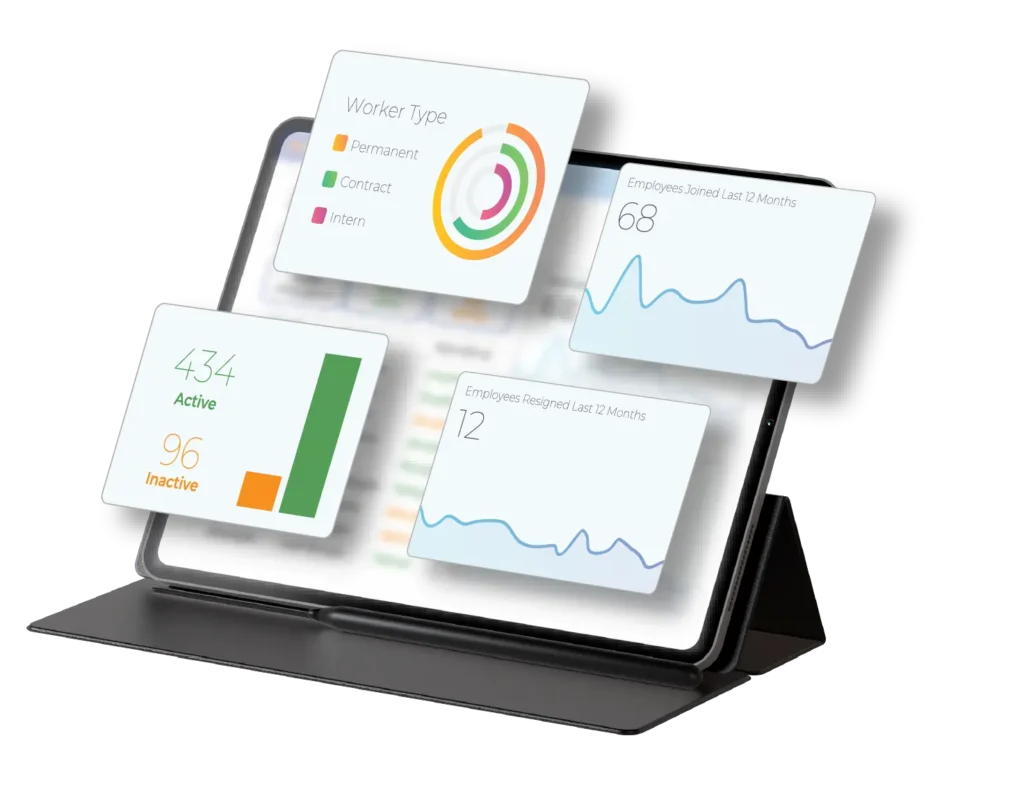
Next-Gen HR MIS Report
Real-time Data at your Fingertips Anytime, Anywhere!
Generate personalized reports with fully customizable handy templates for leave management system.
Handy Report Templates
Reusable template-based MIS Reports for ensuring consistency while quickly generating MIS reports.
Real-time Reporting
Ability to view company and employee data in real-time, enhancing overall efficiency of HR in reporting.
Statutory MIS Reporting
Easy regulatory report templates to ensure complete compliance with statutory bodies and share data with them.
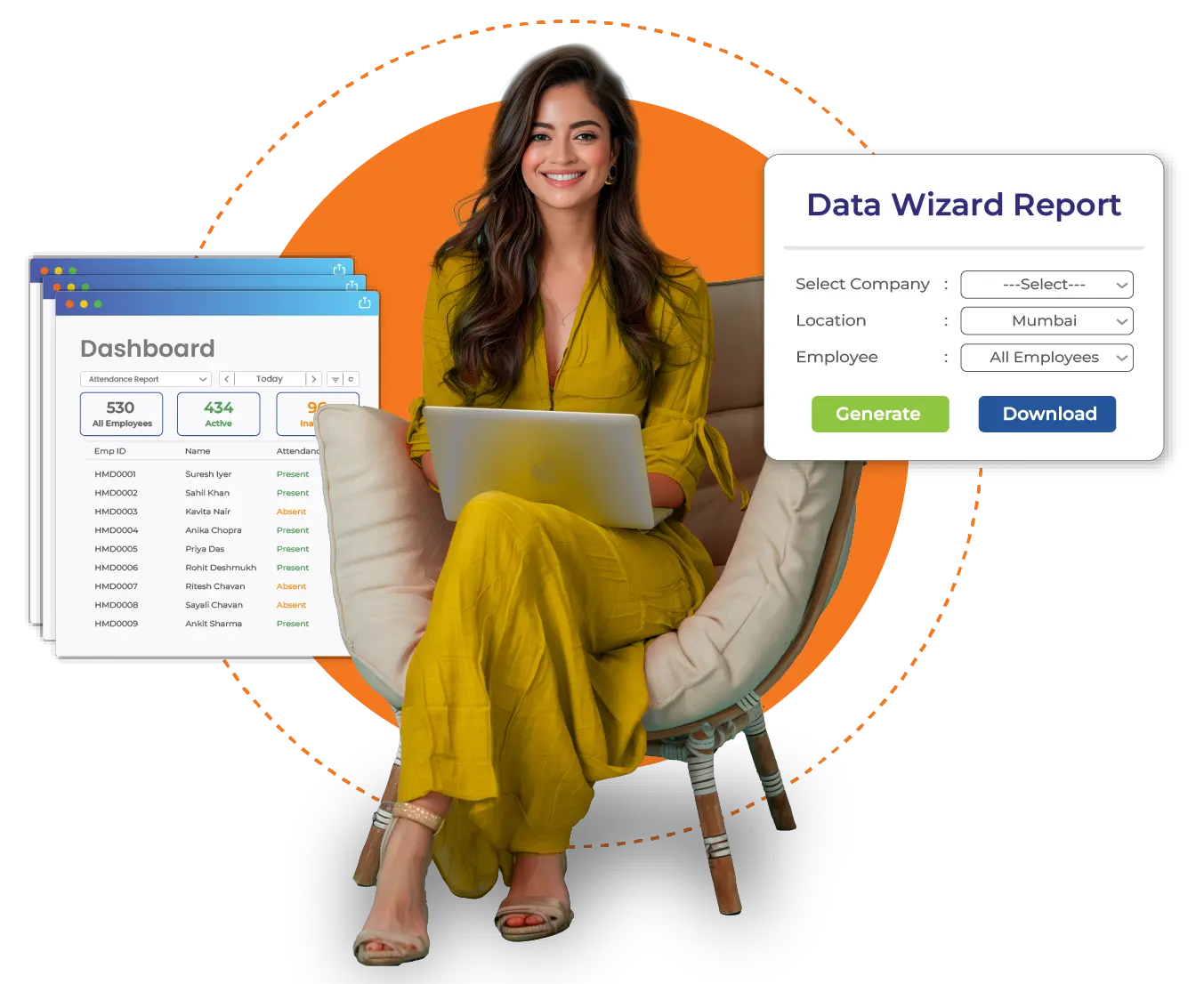
Product Brochure
Common Functions of HR MIS Report
Here are the top functions of HR MIS Report
- Data Collection: The HR MIS report helps the HR teams collect the data from various sources into a single system.
- Information Access: It provides easy access to the collated data, making it easy to gather inferences from it.
- Workplace Collaboration: It makes workplace collaboration easier by sharing the data with all stakeholders.
- Performance Monitoring: It helps monitor employee performance with the use of specialized tools.
- Future Predictions: It enables the HR teams to make calculated predictions based on company trends.
- Changes Tracking: It helps HR track the changes in their company due to the implementation of strategies.
- Ensure Compliance: It ensures compliance through the generation of statutory reports and secure data handling.

Predictions
It enables the HR teams to make calculated predictions based on company trends.
Collaboration
It makes workplace collaboration easier by sharing the data with all stakeholders.
Compliance
It ensures compliance through the generation of statutory reports and secure data handling.
Collection
The HR MIS report helps the HR teams collect the data from various sources into a single system.
Monitoring
It helps monitor employee performance with the use of specialized tools.
Access
It provides easy access to the collated data, making it easy to gather inferences from it.
Tracking
It helps HR track the changes in their company due to the implementation of strategies.
What HRs think of Pocket HRMS
“We have been using Pocket HRMS Software for a year and are very happy with our choice. Excellent service support.”
– Niranjana Neelakantan
HR Director, TESSOL
“The support team is highly admirable. Their professional and polite approach to our queries is simply excellent.”
– Nishant Mahajan
Corporate GM-HR, EvolveBack
“Data monitoring & HR analytics are made easy by Pocket HRMS, it is upcoming the future of the HR industry”
– Sonal Gangwani
HR Manager, Ignatiuz
Resources for HR and People leaders
Quick Attendance Management Features
Pocket HRMS gives you & your employees the best experience through our attendance management system.
AI-Based Attendance System Guide and Overview

The Revolutionize attendance tracking with Pocket HRMS’ AI-powered Attendance Management System.
Pocket HRMS Attendance Management Solution

Attendance & time tracking is the most crucial aspect for optimum employee management since it forms..
Can we customize the MIS Reports?
Yes, these reports can be customized to your exact requirements with the help of our easy-to-use ‘Data Wizard’. Right from the document format to choosing the individual columns within the report, you have complete flexibility over the generation of the report.
Are the reports generated in real-time?
Yes, the reports are generated in real time using the latest data in the HRMS payroll system. You can also generate reports for past dates by specifying the dates while generating the report. Do note that previously generated reports will stay in the system for your convenience, as you can download or delete them at your convenience.
Can we integrate MIS Reports with existing HR software?
Yes, our reports can be generated to your exact requirements, which can be further used with your existing HR software. Since our reports are highly flexible, you can check out the exact format in which your existing HRMS software requires the data, and generate the report accordingly, which can be uploaded into your existing system.
Are the MIS Reports secure?
Absolutely. The file of the MIS report in HR is created in the server and downloaded straight into your system. Hence, the file is completely secure to download, and you can use it according to your company’s IT policies. You can also share the file with authorized personnel without stressing over its security, as it is generated securely within Pocket HRMS servers.
Is training provided for using HR MIS Reports?
Yes, as a part of our implementation process, we will be training your HR team on using Pocket HRMS and all its functionalities, including the usage of MIS in HR Reports. If any of your personnel have doubts regarding its usage even after the training sessions, they can refer to Pocket Docs, or contact us via email, chat or call, to get answers to their queries.
How much do the HR MIS Reports cost?
These Reports are a part of the HRIS module, which is a part of our ‘Standard’ pricing plan. You will also be getting access to the ‘Super Data Wizard’ module within the ‘Standard’ plan which helps you generate customized reports in no time. Hence, there are no extra charges for using these reports of Pocket HRMS.
Is there a free trial available for HR MIS Reports?
Absolutely, you can get access to all features of Pocket HRMS for 15 days without entering your credit card information! This free trial includes access to our MIS reports, using which you can generate any kind of report, thanks to our intuitive Super Data Wizard.
What Is HR MIS Report?
An HR MIS Report is a report generated by the Management Information System (MIS), which provides HR with an overview of the employees within an organization. The human resource management information system helps them identify the strengths and weaknesses of their staff and make positive changes to their workplace to ensure better performance.
According to a 135-pager report by MarketsandMarkets, the global HR analytics market, which includes MIS report in HR, is poised to grow from US $1.9 billion in 2019 to US $3.6 billion by 2024, which will be at a Compound Annual Growth Rate (CAGR) of 13.7%. Hence, it is essential to deploy a dedicated MIS in HR Reporting system, to ensure that your business stays competitive in the market.
What Are The Major Components Of The HR MIS Report?
While the exact components of the human resource management information system vary from one report to another according to the business and primary reason for report generation, the major common components include:
People
The people component includes the users of the system, such as the management and the HR department. It includes all the personnel who generate and use the data through their daily processes. The people component also includes those personnel who will be making decisions based on this data as well as those who maintain the software and hardware required for the smooth functioning of the MIS.
Data
The data component includes the data collated and formatted into the report to provide usable information. It includes all data generated within the organization, which includes the in and out times of the personnel, their performance information, etc. Since data is what makes the MIS report critical for the organization, the MIS must have accurate measures in place to capture and record the data.
Business Processes
The business processes form a component of the HR MIS report, which includes the various procedures used for collecting and storing the data used for reporting. As a result, it can vary vastly between companies, as well as between departments, since the manner of collating the data could be different. The business processes also include collating, storing, and analyzing the collected data.
Hardware
The hardware component includes the various physical materials used throughout the business for undertaking its daily business, that are used to generate data utilized by the MIS. It includes all kinds of hardware that is used to input data into the MIS and generate reports from it. Hence, it includes all peripherals such as keyboards, monitors, scanners, printers, networking devices, routers, etc.
Software
Similar to the hardware component, the software component includes the various software that is used throughout the business to accomplish the daily business tasks of the business, which generate and manipulate the various kinds of data used in the MIS. Hence, it includes the software and firmware used to make use of the data, which will be used with the MIS.
Analysis
The data that is collected through the various components of the MIS is analysed using the analytics component. The analytics provide HR and management with actionable insights which can be used to improve their business and its operations. As a result, the MIS must have a robust analytics component, which enables the stakeholders to gather meaningful insights into their company processes and human capital.
Recommendations
Another major component of the HR MIS Report is the recommendations provided by it to improve the business operations and other aspects of the organization such as employee engagement, job satisfaction, operational efficiency, and more. These recommendations also provide the decision-makers with a clear idea of the tasks that should be undertaken to ensure a better workplace.
What Are The Types Of HR MIS Report?
According to their usage and data they provide, the MIS Reports have different types that can be divided into several categories:
1. Recruitment MIS Report
The recruitment MIS report provides the companies with in-depth insights into the recruitment and onboarding process of the organization. It enables the recruiters to make effective decisions that improve the quality of their recruit while lowering the associated costs. It also enables them to improve the efficiency of the hiring process, resulting in better candidates and employee branding.
2. Leave MIS Report
Leave MIS reports focus on employee absenteeism and the trends associated with it. While long-term leaves are generally frowned upon in organizations, understanding the actual reason behind an employee’s prolonged leave would be beneficial to the organization and the management in deciding the future course of action. Similarly, based on the insights from leave MIS reports, companies can identify the leave patterns and make changes to their leave management.
3. Training MIS Report
The training MIS report provides the HR and the learning and development teams with the data required for undertaking employee training effectively. It helps them understand how effective their training programs are by letting them understand the participation and completion rate through evaluation scores and other essential metrics. It also lets them understand the training cost per employee to ensure a balance between cost-effective training methods and overall quality.
4. Compensation MIS Report
The compensation MIS report helps the HR teams understand their company’s pay structure and benchmark them against the prevailing industry standards. Hence, with the help of compensation reports, HRs can transform their company’s pay packages to be highly competitive and ensure that their employees stay longer with their organization. Being an MIS report, it also helps the HR in benefits evaluation and pay equity analysis utilizing their payroll software.
5. Employee Performance MIS Report
The performance MIS report helps them analyse their employee performance and enables them to discover the areas for improvement. Additionally, it also helps them understand who are working well and deserve promotion or raises, as well as those who are currently underachievers and should be trained to maximize their potential. It provides them with accurate performance evaluations, as well as enables them to provide targeted training programs to ensure effective upskilling.
6. Safety MIS Report
Since workplace safety is essential, both from a statutory and employee satisfaction viewpoint, the health and safety MIS report provides the HRs with all data related to it. This report enables them to understand the areas of risk and mitigate them effectively. It also highlights the effectiveness of existing safety protocols in the workplace, which helps them decide whether any changes are required.
7. Retention MIS Report
The retention MIS report (also known as the turnover MIS report) enables the HR teams to understand the reasons behind employee turnover. It helps them identify how effective are their recruitment and onboarding strategies and whether they are enough to help them settle down. Additionally, it also helps them understand whether the employees are engaged and satisfied with their workplace and the initiatives that can be undertaken to ensure an overall better retention rate.
What Is The Purpose Of HR MIS Report?
The HR MIS Report is developed in organizations to let the HR and the management understand various aspects of their workplace and make any changes required for the benefit of the business.
Hence, the purpose of HR MIS report can be broken down into:
Share Insights
The primary purpose of the HR MIS report is to provide insights to the company stakeholders such as the HR department and the senior management. Having access to the company’s operations database provides the HR teams with a robust idea about the performance of individual teams as well as the staff members, which helps them identify bottlenecks. It enables a targeted approach towards streamlining the processes, ensuring a smoother experience for everyone.
Enable Collaboration
MIS reports also enable better communication among the various teams, resulting in better collaboration. Since these reports are shared between the various concerned departments, they can understand the status of operations and make positive changes to optimize their work and improve the overall efficiency of the business. Similarly, it enables the HR teams to collaborate between teams to identify holdups and remove them to further enhance organizational efficacy.
Monitor Employee Performance
MIS reports also enable the HR teams to monitor employee performance and identify the performers and underachievers. This allows them to reward the performers with monetary and other benefits while sharing training and upskilling opportunities with the under-performers. It also enables the managers to understand whether their teams are meeting their goals and targets.
Provide Predictive Analytics
Additionally, MIS reports also provide the stakeholders with predictive analytics, which enable them to understand the common trends within their organization and predict the future based on calculated deductions. It helps the HR teams to prepare for the future as well as make necessary changes to avoid any negative impact on their company. Similarly, through predictive analytics, HRs can also take corrective measures for their staff, further improving employee morale and engagement.
Enable Decision-making
With the help of predictive analytics and data collated from the entire organization, MIS reports enable the HR teams to make strategic decisions, which affect the operational efficiency and the overall engagement of the employees within the company. The purpose of MIS in HR reporting as a data-collator is fulfilled once it is utilized for making strategic decisions, which influence the business and its workforce positively.
Facilitate Planning
As a result of predictive analytics provided by MIS reports, HRs and management can develop successful plans to ensure the overall growth of the organization. Additionally, it also enables them to plan their future course of action, which can be effectively managed through the use of data provided by the MIS reports.
What Is The Importance Of The HR MIS Report?
Since MIS reports provide the HR teams with a comprehensive idea of the organizational data, it enables them to understand the status of the various departments. As a result, MIS reporting is an essential component in ensuring the success of the business.
So, let us understand the importance of HR MIS report:
1. Holistic Data
MIS reports provide a holistic overview of company data, which lets HR understand the efficiency of various processes within the organization. With the help of this data, HRs can generate in-depth reports to make informed decisions within no time as the report generation process is automated with the MIS. The management can also gather reports according to their requirement without having to bother the HR teams, making it an excellent option for businesses of all sizes.
2. Organized Database
Similarly, with the help of an organized database, MIS report in HR eliminates multiple issues with other forms of reporting such as inaccurate data gathering operations, erroneous database, data redundancy, integrity issues, and more. By having an organized database, HRs need not spend their time and effort in organizing the data; instead, they can focus on making positive changes in their company, based on the data provided by the MIS reports.
3. In-depth Analytics
Similarly, MIS report in HR also provide in-depth analytics, which helps the HRs in making positive changes within their organization. With the help of such in-depth data, HRs can stay updated on their company’s workforce metrics down to each employee, which proves instrumental in planning new strategies to enhance their workforce. It also enables them to analyze the common trends within their company and cater to the positive ones, while eliminating the negative ones.
4. Streamlined Reporting
MIS reports also streamline reporting, which leaves HR with more time for other creative initiatives like employee engagement. Since the MIS reports include the tools required to customize the report according to the HR’s exact requirements, it enables them to access the required data within no time, which increases their efficiency multi-fold. Similarly, these reports can also be easily shared with the help of the MIS, further improving their efficiency.
5. Bottlenecks Highlighting
Another major reason which highlights the importance of MIS report in HR is that it helps the HRs identify bottlenecks in the company operations. These bottlenecks can be caused due to a variety of factors within organizations, such as underperforming employees, inefficient processes, outdated technology, etc. However, it may not be observable to the HR teams in the absence of a dedicated HR MIS report, which enables them to not only understand the underwhelming performance but also highlight it to the management.
What Are The Features Of HR MIS Report?
Being an integral part of organizations, the MIS report in HR should be feature-rich, including the following advanced features:
Real-time Data
MIS reporting comes with real-time data gathering and storing, which provides the HR teams with up-to-date information related to any aspect of their organization. Having access to the latest data enables HR and management to make data-backed decisions whenever required, without having to wait for the system to generate separate reports for them.
Report Generation
Being a reporting system, developing MIS reports is the primary feature of this software. It enables HR and managers to make data-backed decisions through the use of the reports generated for various purposes. Using these systems, HRs can generate ad-hoc reports, as well as statutory reports, further improving their usability.
Easy Interface
Another essential feature of an MIS report in HR is that it should provide an easy-to-use interface. It will help in improving the adoption rate with minimal to no training requirements. Similarly, it enables even non-tech-savvy users to make complete use of the MIS reports without having to read manuals, attend training sessions, or even research online on how to use them.
Data Security
MIS reports also provide the company with enhanced security for their company data. By utilizing server-side encryption and user access control, companies can have the best security protocols in place to secure their company data effectively. Having such measures in place ensures that the data remains secure from unauthorized access.
Integrated Processing
Since MIS reports generate reports for the HR teams, it is developed to be integrated with other HR systems, which can make use of the data shared in these reports. For example, the ERP system can access the data shared within MIS reports and make changes to the company’s inventories. Similarly, the Human Resource Management System (HRMS) and the Customer Relationship Management (CRM) are a few examples of other systems which can make use of the data from the MIS.
Data Processing
Along with gathering the data for the HRs, MIS reports should also be able to process the information fed into it. Since MIS in HR is used to process meaningful data from the information dump, it comes with data processing capabilities, which enables it to compute meaningful data. Hence, it can make calculations, compare the information with the ones in the database and even transform the data into visual aids, whenever required.
Remote Accessibility
With the rise of mobile computing and high-speed mobile internet access, the HRs must stay on top of the company data even when they are not within company premises. Hence, the MIS in HR reports should be accessible remotely in a secure manner. Many modern developers are opting to package the MIS reports into a mobile app to ensure that the company data is accessible to the HR teams whenever they require it.
Analytics
Since analytics is a major component of MIS reporting, it is an essential feature of MIS reports. Hence, most of these tools provide deeper insights through the use of the latest technologies such as predictive analytics, machine learning, etc. Having access to such advanced tools streamlines the process of HR analytics, improving their efficiency.
Flexibility
Similarly, MIS in HR are highly flexible, as they are required to provide all kinds of reports. Hence, they are extremely customizable and enable their users to choose individual components for their reports. The HR MIS report makes the process of report generation extremely easy while ensuring accurate and precise data.
What Are The Benefits Of HR MIS Report?
There are multiple benefits of deploying MIS reports in your organization, such as:
1. Better Data Management
MIS reports provide a secure way to store and manage the company data. It also enables them to access it easily whenever required, as well as make the process of data collection safe and secure. Additionally, it also enables timely data retrieval, increasing the efficiency of the reporting system.
2. Visual Data Analytics
MIS reports also provide a visual representation of data since gathering insights from vast amounts of data becomes problematic for HR. It can be both time-consuming and error-prone if the HR teams try to compute inferences from the MIS in HR data manually. Hence, the MIS report for HR department provides handy visual representations of the data such as bar graphs, charts, pivot tables, and more.
3. Improved Efficiency
MIS reports also improve HR efficiency by multiple times since they automate almost all aspects of reporting such as gathering the data, organizing and storing it securely, deducing meaningful inferences from it, and sharing it with all stakeholders in a simplified manner with visual representations. Additionally, it also provides enhanced analytics, ensuring further improvement in HR efficiency.
4. Company Trends
With the help of the collated data, MIS reports also provide the HR teams with a comprehensive overview of their company, while also enabling them to dig deeper using specialized tools at their disposal. It helps them understand the common trends within their organization and make positive changes based on them. For example, understanding the leave patterns from the HR MIS report can help them provide leaves during certain periods when most of the employees are taking leaves, leading to better utilization of company leaves.
5. Information Collaboration
MIS reports also help HR in collaborating with other departments as these reports provide data that applies to different teams. Hence, to improve the performance of these teams, they need to work together and make positive changes. Hence, data collaboration is one of the direct benefits of deploying an effective MIS report mechanism.
6. Bottleneck Identification
Similarly, the HR teams will be able to identify bottlenecks in their company processes with the help of the data collated by the MIS reports. It will enable them to identify these gridlocks and remove them to ensure smoother processes. It will also improve the efficiency of the processes as the removal of bottlenecks results in improved productivity.
7. Better Decision-making
With the help of the data collected with MIS reports, HRs and managers will be able to make informed decisions for improving the people processes. The HR MIS report also enables them to improve the efficiency of the company operations, while also understanding the hindrances that are stopping them from achieving their true potential.
How To Find the Right MIS For Your Organization?
While trying to find the right MIS for your organization, you need to keep the following notions in mind:
Vendor Evaluation
Once you have identified the exact requirements that you fulfil with the help of your MIS in HR, you should check out various software vendors that have robust reporting software in their portfolio. You should shortlist them based on their quality of service, client support, etc.
Feature Comparison
Similarly, you should consider all the features on offer and select the ones that are most relevant to your organization. It would be ideal to sort these features based on their relevance to your company to ensure that you omit the features that are not required but can be implemented if your budget allows it.
Overall Costs
While choosing the features based on their relevance to your company is ideal, you should also consider the long-term costs such as maintenance, updates, support, etc. while choosing the right MIS for your organization.
Scalability
Since HR MIS report for HR department is meant to be used for the long term, you should ensure that it is scalable according to the growing needs of your organization. Choosing a cloud-based reporting system would be ideal in this scenario as it is highly flexible.
Integration
Similarly, the MIS report should allow for easy integrations with other commonly used HR software, making it seamless to transfer data between these systems. As a result, you will be able to improve the overall HR efficiency.
Goal Alignment
Once you have finalized all the other parameters and shortlisted a few HR MIS report software vendors, you should check with them to understand whether they will be able to tweak their system to align with your company’s goals. Having a customizable system ensures better overall returns on your investment.

